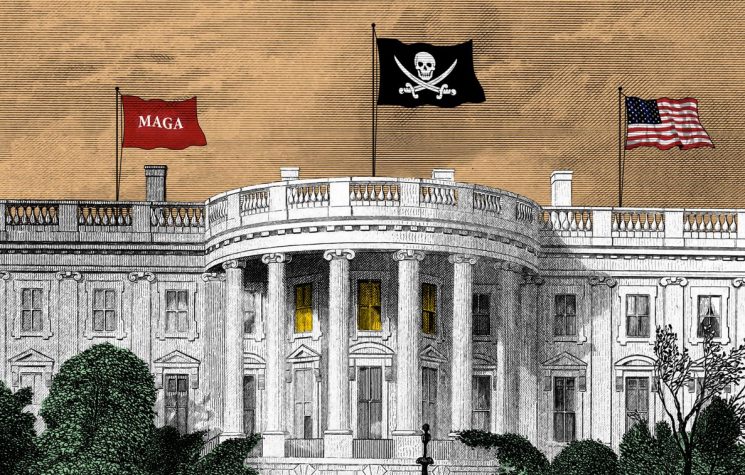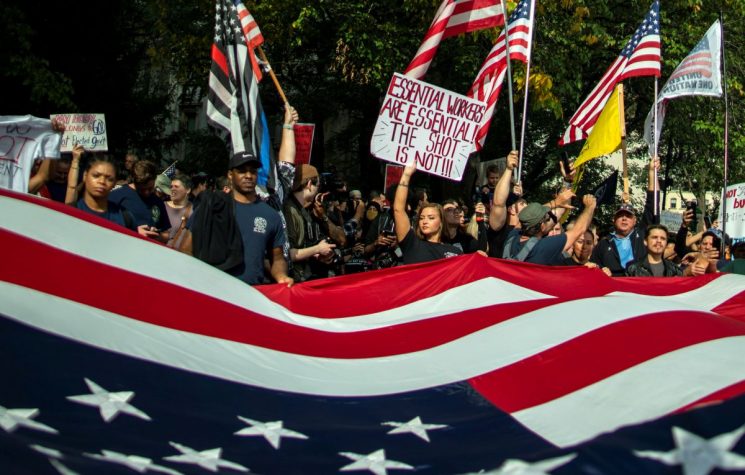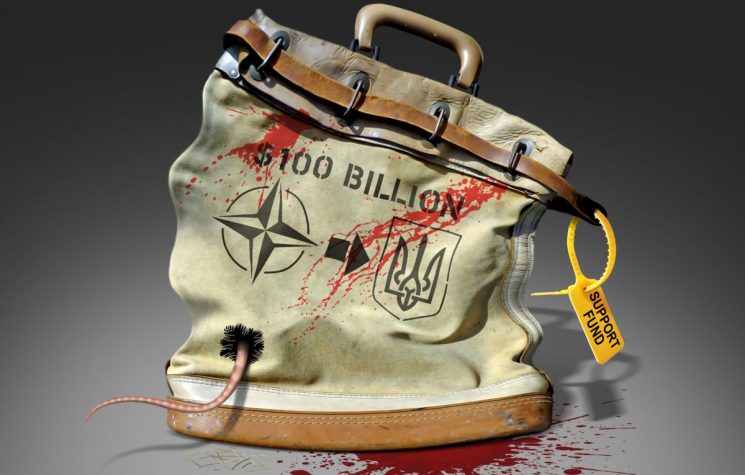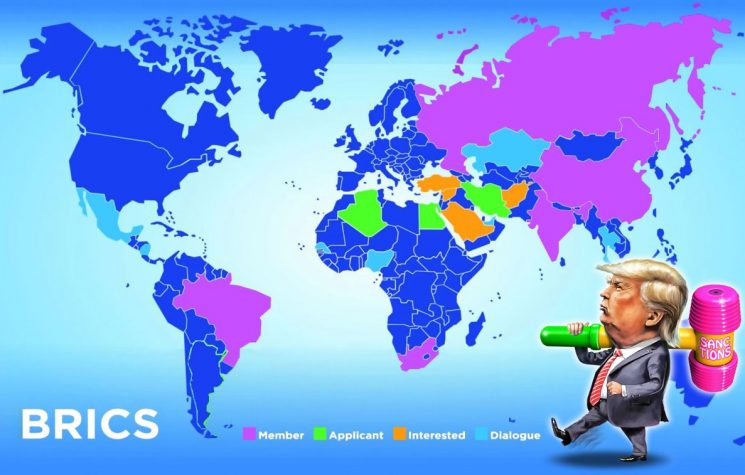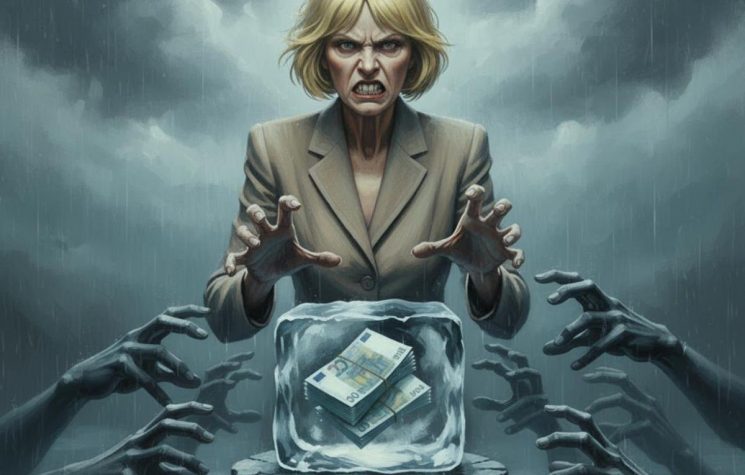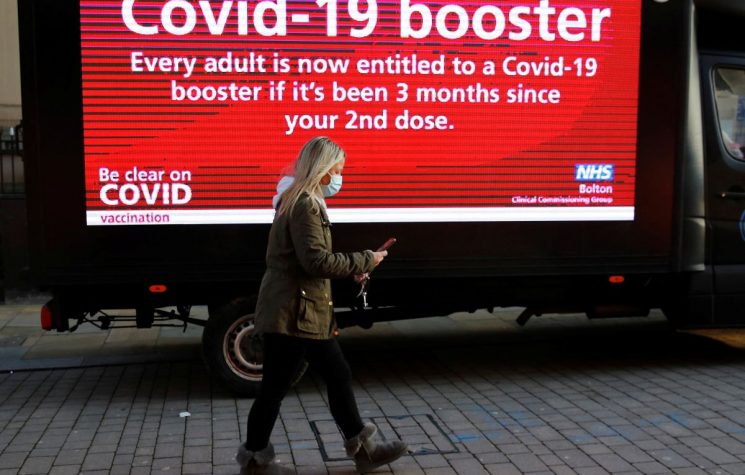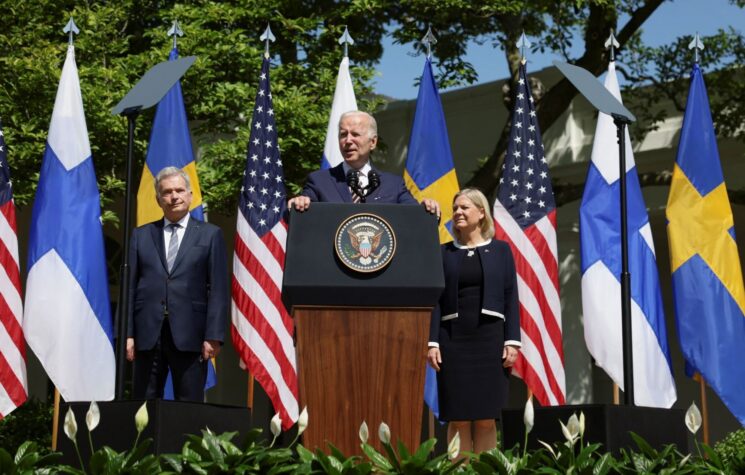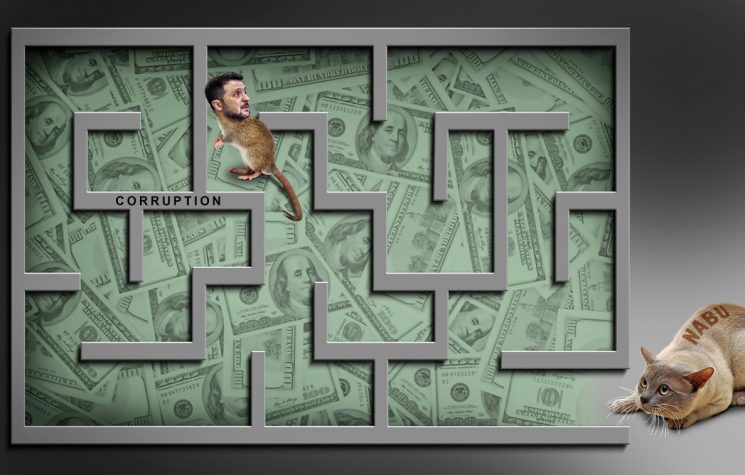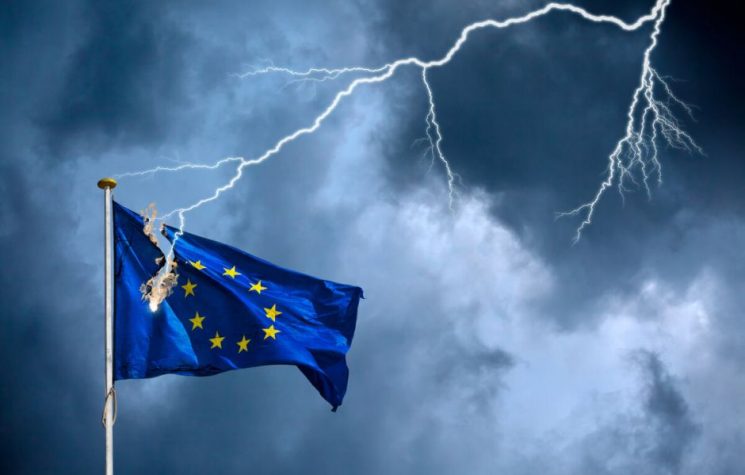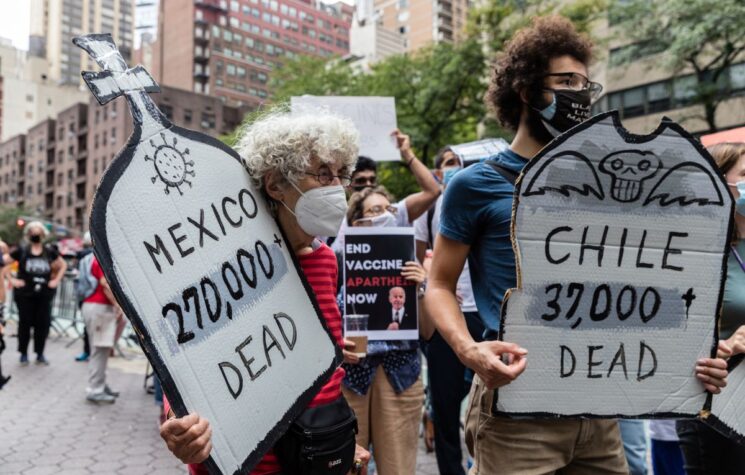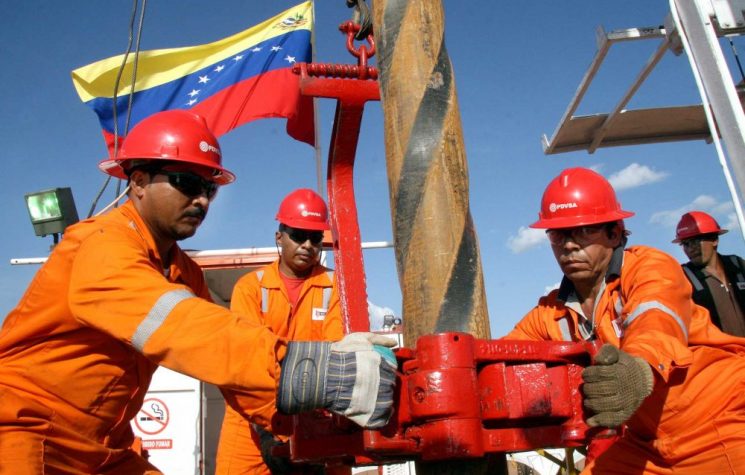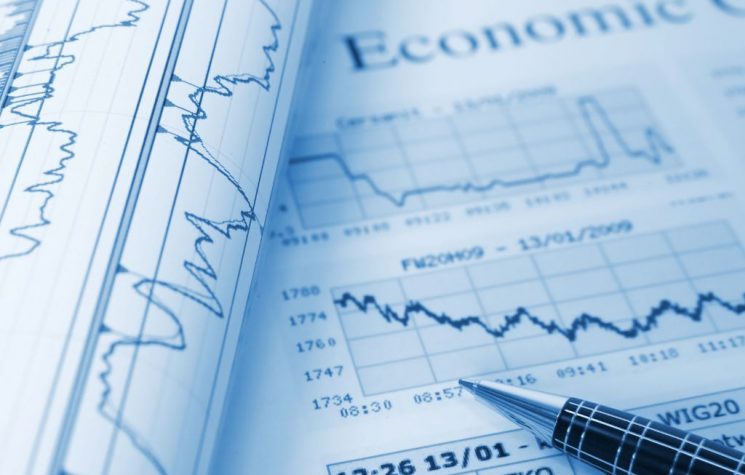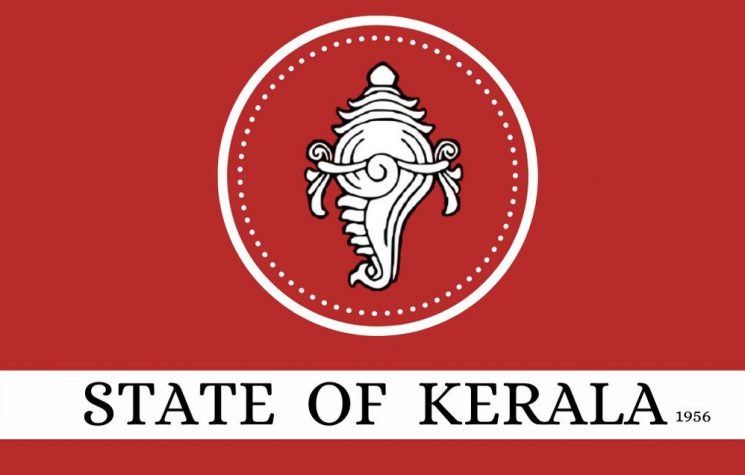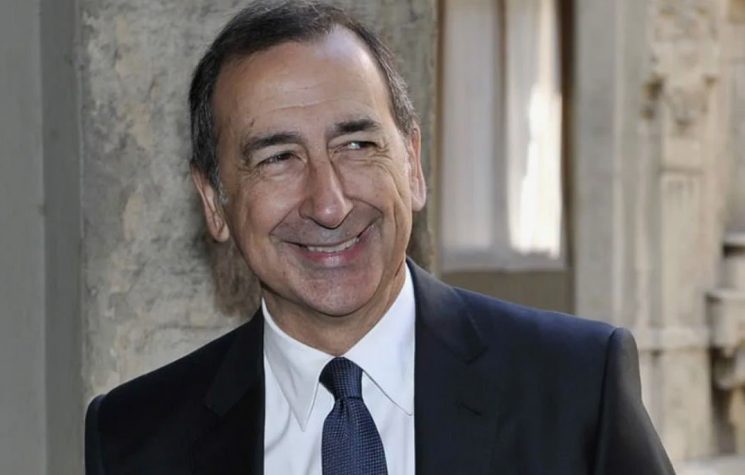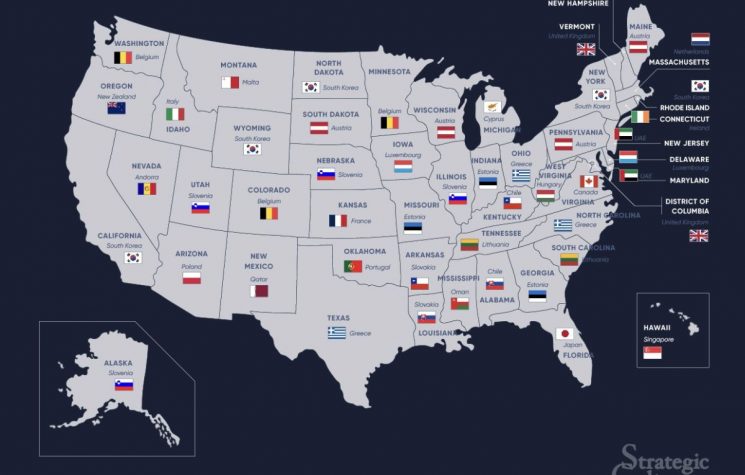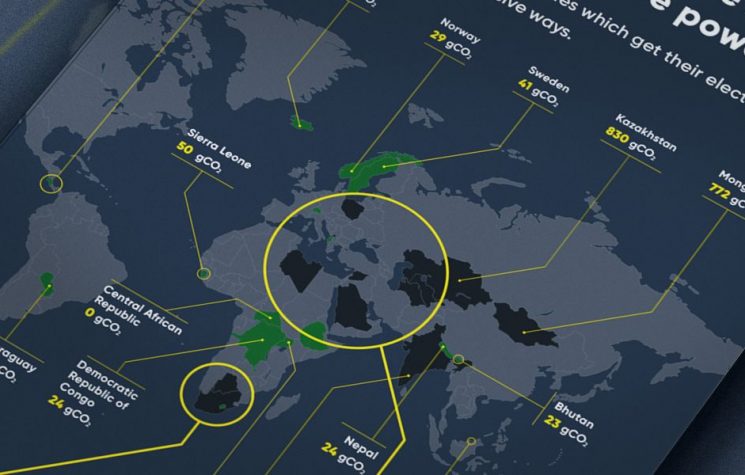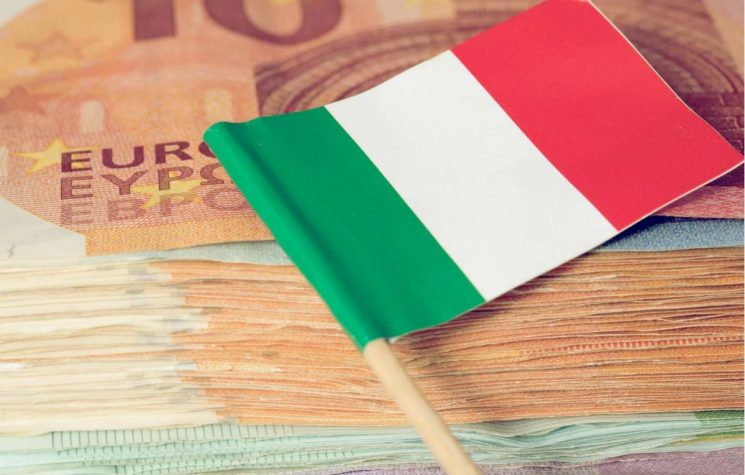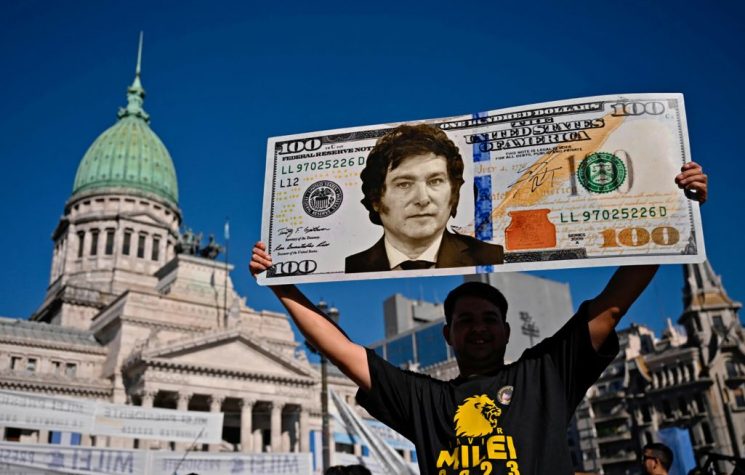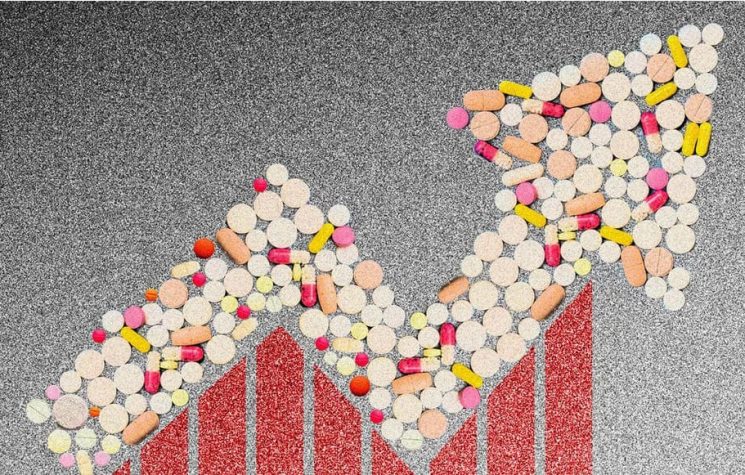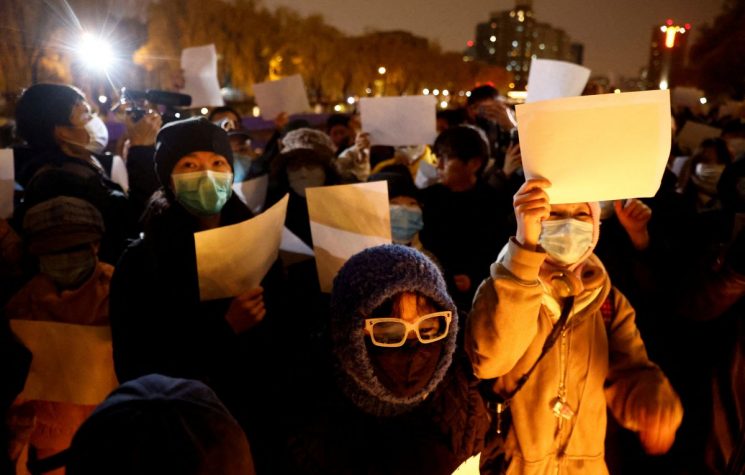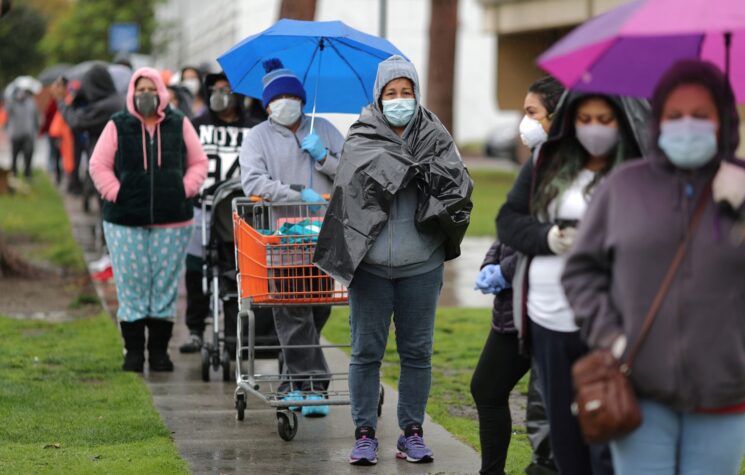On March 10th of this year, there were 290 daily new U.S. cases of Covid-19 (coronavirus-19).
On March 13th, U.S. President Donald Trump declared a pandemic national emergency, because the number of daily new cases was now suddenly doubling within only three days. However, no lockdown was imposed. The policy-response was instead left to each individual. This is in accord with America’s libertarian ideology. Trump even announced that “he was allowing his health secretary to bypass certain regulations to provide more flexibility to doctors and hospitals responding to the outbreak” — outright reducing, instead of increasing, federal regulations, this being his way to address the matter. That’s the libertarian response.
Covid-19 (coronavirus-19) cases started soaring in the U.S., from 600 daily new cases on March 13th, to 25,665 on March 31st. Americans were scared to death, and facemask-usage soared, and independent small businesses started laying people off en-masse. (Restaurants, hair salons, travel agencies, inns, dental offices, etc., were hard-hit.)
Immediately, the alarming rise in new cases halted on April 4th (at 34,480), and the daily new cases remained approximately flat, but slightly downward, from March 31 to June 9th (when it reached bottom at 19,166), but then soared yet again, to 78,615, on July 24th.
But, then, it again declined, so that, on September 8th, it was at only 28,561. This was already returning to around what the new-cases rate had been back on March 31st. So: despite peaking again on July 24th, the rate of daily new cases was little changed between March 31st and September 8th. And, all during that 5-month period, people were coming back to work.
The key immediate and direct economic variable affected by Covid-19 is the unemployment rate. Here, that economic effect is clearly shown:
U.S. unemployment: March 4.4%, April 14.7%, May 13.3%, June 11.1%, July 10.2%, August 8.4%
Though the daily-new-cases rate went down after March 31st and after July 24th, the unemployment rate progressed far more gradually downward after March 31st: the small businesses that had been panicked by the explosion of new cases during March were now gradually re-opening — but they remained very nervous; and, so, unemployment still was almost twice what it had been during March.
Here, that experience will be compared with two Scandinavian countries, starting with Denmark, which declared a pandemic national emergency on March 13th, just when Trump also did. “Starting on 13 March 2020, all people working in non-essential functions in the public sector were ordered to stay home for two weeks.” The daily new cases fell from the high of 252 on March 11th, down to the low of 28 on March 15th, but then soared to 390 on April 7th, and gradually declined to 16 (only 16 new cases) on July 9th. Then it peaked back up again, at 373, on August 10th, plunged down to 57 on August 26th, and then soared yet again back up to 243 on September 8th. The new-cases rates were thus irregular, but generally flat. By contrast against the experience in U.S., Denmark’s unemployment-rate remained remarkably stable, throughout this entire period:
Denmark: March 4.1, April 5.4, May 5.6, June 5.5, July 5.2
Sweden’s Government pursued a far more laissez-faire policy-response (“The government has tried to focus efforts on encouraging the right behaviour and creating social norms rather than mandatory restrictions.”), and had vastly worse Covid-19 infection-rates than did the far more socialistic Denmark, and also vastly worse death-rates, both producing results in Sweden more like that of the U.S. policy-response than like that of the Danish policy-response, but far less bad than occurred on the unemployment-rate; and, thus, Sweden showed unemployment-increases which were fairly minor, more like those shown in Denmark:
Sweden: March 7.1, April 8.2, May 9.0, June 9.8, July 8.9
That was nothing like the extreme gyration in:
U.S.: March 4.4%, April 14.7%, May 13.3%, June 11.1%, July 10.2%, August 8.4%
Why was this?
Even though Sweden’s policy-effectiveness was more like America’s than like Denmark’s at keeping down the percentages of the population who became infected, and who died from Covid-19 (i.e., it was not effective), Sweden’s policy-effectiveness at keeping down the percentage of the population who became unemployed was more like Denmark’s (i.e., it was effective, at that). Unlike America, which has less of a social safety-net than any other industrialized nation does, Sweden had, until recently, one of the most extensive ones, and hasn’t yet reduced it down to American levels (which are exceptionally libertarian). Therefore, whereas Swedes know that the Government will be there for them if they become infected, Americans don’t; and, so, Americans know that, for them, it will instead be “sink or swim.” Make do, or drop dead if you can’t — that is the American way. This is why Swedish unemployment wasn’t much affected by Covid-19. When a Swede experienced what might be symptoms, that person would want to stay home and wouldn’t be so desperate as to continue working even if doing that might infect others. Thus, whereas Sweden’s unemployment-rate rose 27% from March to May, America’s rose 202% during that same period. Americans were desperate for income, because so many of them were poor, and so many of them had either bad health insurance or none at all. (All other industrialized countries have universal health insurance: 100% of the population insured. Only in America is healthcare a privilege that’s available only to people who have the ability to pay for it, instead of a right that is provided to everyone.)
On September 9th, Joe Neel headlined at NPR, “NPR Poll: Financial Pain From Coronavirus Pandemic ‘Much, Much Worse’ Than Expected”, and he reported comprehensively not only from a new NPR poll, but from a new Harvard study, all of which are consistent with what I have predicted (first, here, and then here, and, finally, here), and which seems to me to come down to the following ultimate outcomes, toward which the U.S. is now heading (so, I close my fourth article on this topic, with these likelihoods):
America’s lack of the democratic socialism (social safety-net) that’s present in countries such as Denmark (and residual vestiges of which haven’t yet been dismantled in Sweden and some other countries) will have caused, in the United States, massive laying-off of the workers in small businesses, as a result of which, overwhelmingly more families will be destroyed that are at the bottom of the economic order, largely Black and/or Hispanic families, than that are White and not in poverty. Also as a consequence, overwhelmingly in the United States, poor people will be suffering far more of the infections, and of the deaths, and of the laying-off, and of the soon-to-be-soaring personal bankruptcies and homelessness; and, soon thereafter, soaring small-business bankruptcies, and ultimately then big-business bankruptcies, and then likely megabank direct federal bailouts such as in 2009, which will be followed, in the final phase, by a hyperinflation that might be comparable to what had occurred in Weimar Germany. The ceaselessly increasing suffering at the bottom will ultimately generate a collapse at the top. Presumably, therefore, today’s seemingly coronavirus-immune U.S. stock markets, such as the S&P 500, are now basically just mega-investors who are selling to small investors, so as to become enabled, after what will be the biggest economic crash in history, to buy “at pennies on the dollar,” the best of what’s left, so as to then go forward into the next stage of the capitalist economic cycle, as owning an even higher percentage of the nation’s wealth than now is the case. Of course, if that does happen, then America will be even more of a dictatorship than it now is. Post-crash 2021 America will be more like Hitler’s Germany, than like FDR’s America was.
The Democratic Party’s Presidential nominee, Joe Biden, is just as corrupt, and just as racist, as is the Republican nominee, Donald Trump. And just as neoconservative (but targeting Russia, instead of China). Therefore, the upcoming November 3rd elections in the U.S. are almost irrelevant, since both of the candidates are about equally disgusting. America’s problems are deeper than just the two stooges that America’s aristocracy hires to front for it at the ballot-boxes.








